A case being treated by doctors at Phu Tho General Hospital has sounded the alarm about the risk of confusing symptoms of drunkenness with stroke.
A 41-year-old Korean man experienced a dangerous situation when he thought that symptoms such as headache, dizziness, vertigo and nausea after drinking alcohol were simply due to being drunk.
 |
| Symptoms such as headache, dizziness and nausea can be signs of many different medical conditions, not just stroke. |
Initially, the patient feels headache, dizziness, vertigo, nausea, difficulty speaking and loss of balance after drinking alcohol.
Thinking that he was just drunk, the man decided to rest at home. However, the next morning, his condition became more serious with symptoms of numbness in his limbs and inability to walk. He was immediately taken to Phu Tho General Hospital for examination.
At the Stroke Center, doctors discovered that the patient had nystagmus, double vision, and numbness and weakness on the right side of the body. A brain MRI showed a cerebral infarction in the right medulla, caused by a blockage of a small branch of the cerebral circulatory system.
The patient was diagnosed with acute right cerebral infarction and was treated medically with antiplatelet, lipid-lowering and brain cell-protecting drugs. After 4 days of treatment, the patient's health condition improved significantly.
Dr. Pham Thi Thanh Loan, Stroke Center explains, ischemic stroke occurs when a blood clot blocks the artery supplying blood to the brain. This can lead to dangerous complications such as hemiplegia, vegetative state or even death.
Dr. Pham Thi Thanh Loan emphasized the importance of the “golden time” in stroke emergency: the ideal time frame for intervention and treatment of ischemic stroke is within the first 3-4.5 hours from the first symptoms. Treatment during this golden time can help minimize complications and increase the patient’s recovery ability.
However, Dr. Pham Thi Thanh Loan also noted that symptoms such as headache, dizziness and nausea can be signs of many different diseases, not just stroke.
This can lead to a subjective mentality and miss the golden time for treatment. Therefore, doctors recommend that if you experience the above unusual symptoms, especially after drinking alcohol, go immediately to the nearest medical facility with a stroke treatment specialist for timely examination and intervention.
Recently, many young people have had strokes, most of them unaware of their underlying conditions or warning signs. According to doctors, the rate of severe and younger stroke patients has tended to increase recently.
Young people are the main labor force of the family and society, but according to statistics, up to 70% of stroke patients are affected in their ability to work.
Some factors that can lead to stroke in young people are: Abuse of stimulants such as alcohol, tobacco, e-cigarettes; overweight, obesity, lack of exercise; lack of clear awareness of health protection; social life with a lot of pressure, stress, tension in life, work... All of the above are risk factors that increase stroke in young people.
Dr. Nguyen Tien Dung, Deputy Director of the Stroke Center, Bach Mai Hospital, said that on average, the Stroke Center receives 50-60 severe and complicated stroke cases transferred from satellite hospitals every day because the primary care level exceeds the treatment capacity and the prognosis is difficult.
Stroke in young people (aged 45 and under) has tended to increase in recent years, accounting for about 15% of the total number of cases received by the Center. Notably, the Center has received stroke patients who are very young, only 15-16 years old, even in cases of 6 years old having had a stroke.
This patient was admitted to the emergency room with a brain hemorrhage due to an arteriovenous malformation. After being stabilized, he was transferred to the pediatric intensive care unit, with a poor prognosis.
Or in the case of a 16-year-old with a cerebral infarction, when admitted to the hospital, the cause was found to be cardiovascular, meaning there was an underlying medical condition but it was not known, leading to a stroke.
Most recently, the Center received a 43-year-old patient in Lac Thuy, Hoa Binh who had an underlying disease but was not aware of it because he had not previously had a health check-up.
However, the patient was fortunate to be discovered and brought to the hospital during the “golden hour”. The diagnosis was that the patient had an acute cerebral infarction due to occlusion of the basilar artery – a large cerebral artery that nourishes the important central region of the brain.
Or there are young patients who have been diagnosed with high blood pressure for many years, but do not treat or take medication because they feel completely normal. Only when they have a stroke and are put on a ventilator in the emergency room, and are paralyzed on one side of their body, making recovery difficult, do they regret it.
Through cases of young people having strokes, it shows that young people are often subjective or rarely monitor their blood pressure index, thinking that because they are young, they have good endurance.
Besides, many people are lazy, overweight, obese, do not exercise, or eat fast food, stay up late, and are under pressure at work, which are all risk factors but are not paid much attention to.
In particular, many people think they are young and healthy so they do not have a health check-up. Only when they have a stroke and are hospitalized do they discover they have underlying diseases such as high blood pressure, heart disease, etc.
These underlying diseases, if not detected early, examined and treated properly, will eventually flare up and, combined with other factors, lead to a stroke.
According to doctors at Bach Mai Hospital, there are two types of stroke: cerebral infarction and cerebral hemorrhage. Cerebral infarction is a blood vessel that is blocked by a blood clot, preventing the blood flow that supplies oxygen and nutrients to the corresponding brain cells. Those brain cells die, leading to the loss of motor control, cognition, learning, language, etc.
Cerebral hemorrhage is a case of rupture of a blood vessel in the brain, possibly due to a malformation of the blood vessels in the brain (common in young people) and high blood pressure that is not treated regularly or is not treated well.
In young people, the common causes of cerebral hemorrhage are cerebral arteriovenous malformations and cerebral aneurysms. In clinical practice, most strokes are cerebral infarction, accounting for nearly 80%, and cerebral hemorrhage about 20%.
If young people with stroke do not receive emergency care within the "golden hour" (the first 4.5 hours after stroke symptoms appear), and are detected and treated late, the chance of recovery is very difficult. Many people become disabled, affecting themselves because they lose the ability to take care of themselves. Even worse, they lose the ability to work, become bedridden, and are a burden to their families and society.
BSCKII Nguyen Tien Dung, with stroke the most important thing is to recognize the early signs. The first sign is the letter F (face) looking at the patient's face, if the patient's mouth corner (corner of the mouth) when talking, laughing is crooked, mouth is crooked or watery when drinking water, think immediately of a stroke.
The second is the letter A (right or left limb) is weak or numb. The third is the letter S (language, speech), speaking is more difficult than normal, speaking is difficult, or not speaking at all.
These are 3 typical and very common signs. When these signs appear, you need to immediately think of a stroke.
Time plays a very important role in stroke treatment. Patients and their families must determine the exact time the patient begins to have stroke symptoms. Only when this is determined correctly can the doctor know whether the patient is still in the "golden hour" or not. Only then can the doctor have the most effective emergency strategy and provide the optimal treatment regimen for the patient to achieve the highest recovery rate.
Therefore, if you have the above 3 signs, do not hesitate, do not try to monitor, do not try to do some folk remedies such as applying lime to the palms of your hands and feet, pricking your earlobes, pricking your fingertips and toes, or lying still and monitoring at home...,
These are all incorrect actions that can harm the patient, hinder and disadvantage the doctor's treatment process. Instead, call an ambulance to take the patient to the nearest medical facility that can treat a stroke as soon as possible, then the possibility of recovery will be as high as possible.
For stroke, when there are suspicious signs, the patient should be taken to the nearest medical facility, especially in patients with risk factors such as old age, high blood pressure, diabetes, etc.
To prevent stroke, people must know how to recognize stroke symptoms, listen to their bodies and remember the signs of stroke. When they suspect they are having a stroke, they must act quickly and urgently, without wasting time, and go to the hospital immediately.
In addition, people should listen to their bodies and control underlying diseases. Young people should balance their lives, increase physical activity, maintain ideal weight, stay away from stimulants and e-cigarettes, and have regular health check-ups to detect diseases early so that they can have an optimal treatment plan.
When there is an underlying disease, regular check-ups are required so that the doctor can adjust the medication dose to achieve the treatment goal, especially when the patient has had a stroke.


![[Photo] Parade to celebrate the 50th anniversary of Laos' National Day](/_next/image?url=https%3A%2F%2Fvphoto.vietnam.vn%2Fthumb%2F1200x675%2Fvietnam%2Fresource%2FIMAGE%2F2025%2F12%2F02%2F1764691918289_ndo_br_0-jpg.webp&w=3840&q=75)




![[Photo] Worshiping the Tuyet Son statue - a nearly 400-year-old treasure at Keo Pagoda](/_next/image?url=https%3A%2F%2Fvphoto.vietnam.vn%2Fthumb%2F1200x675%2Fvietnam%2Fresource%2FIMAGE%2F2025%2F12%2F02%2F1764679323086_ndo_br_tempimageomw0hi-4884-jpg.webp&w=3840&q=75)
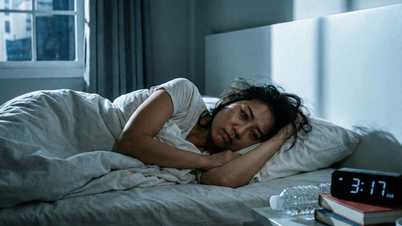



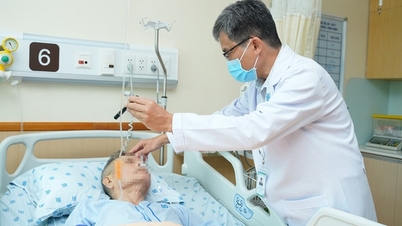

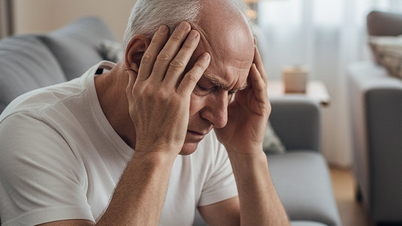
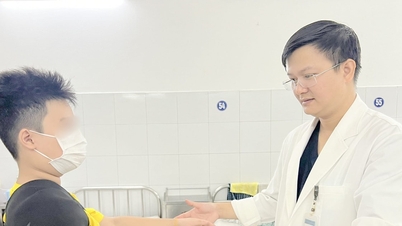
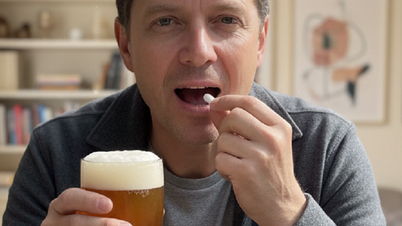
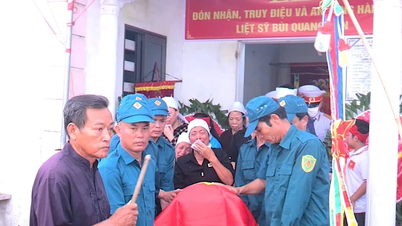

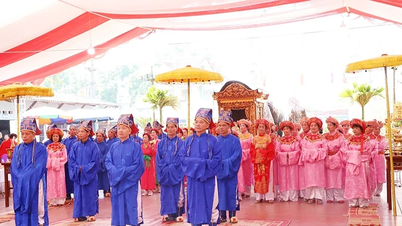

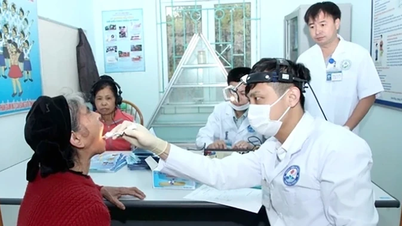








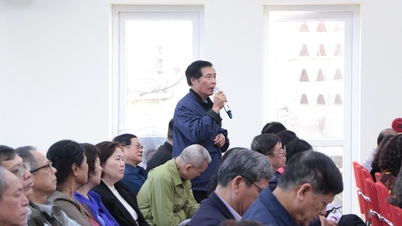
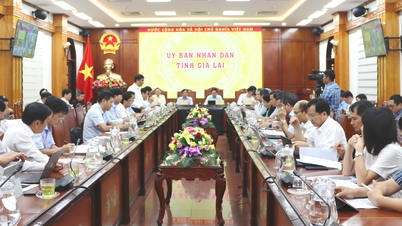
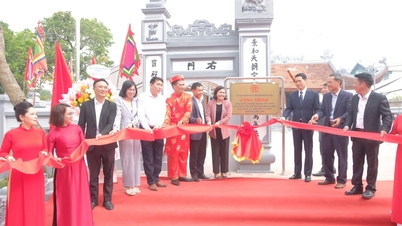








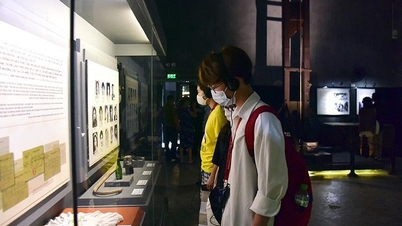


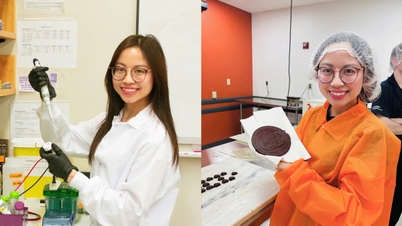

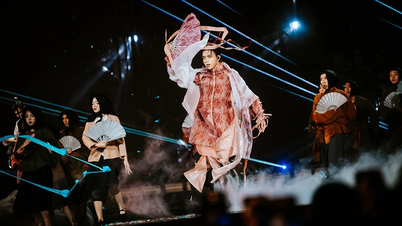

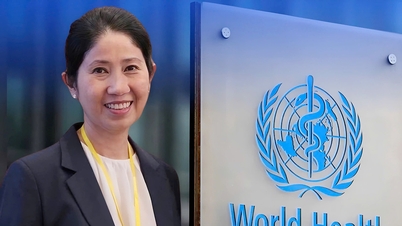








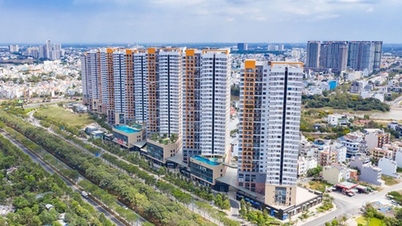






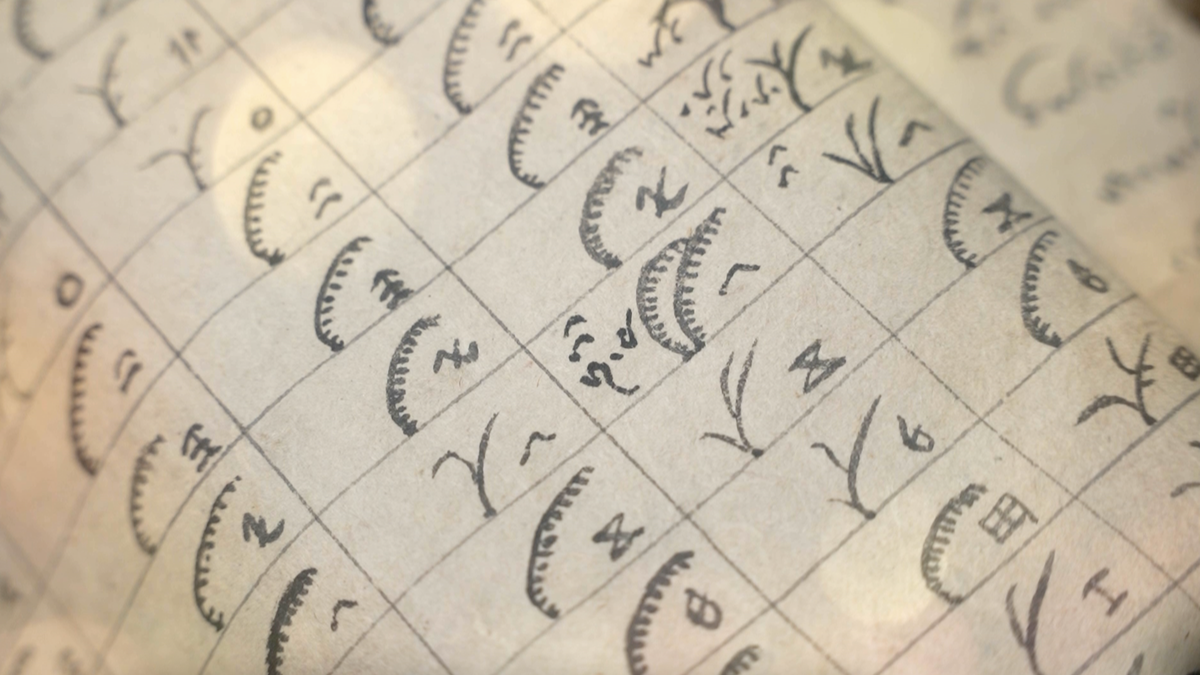




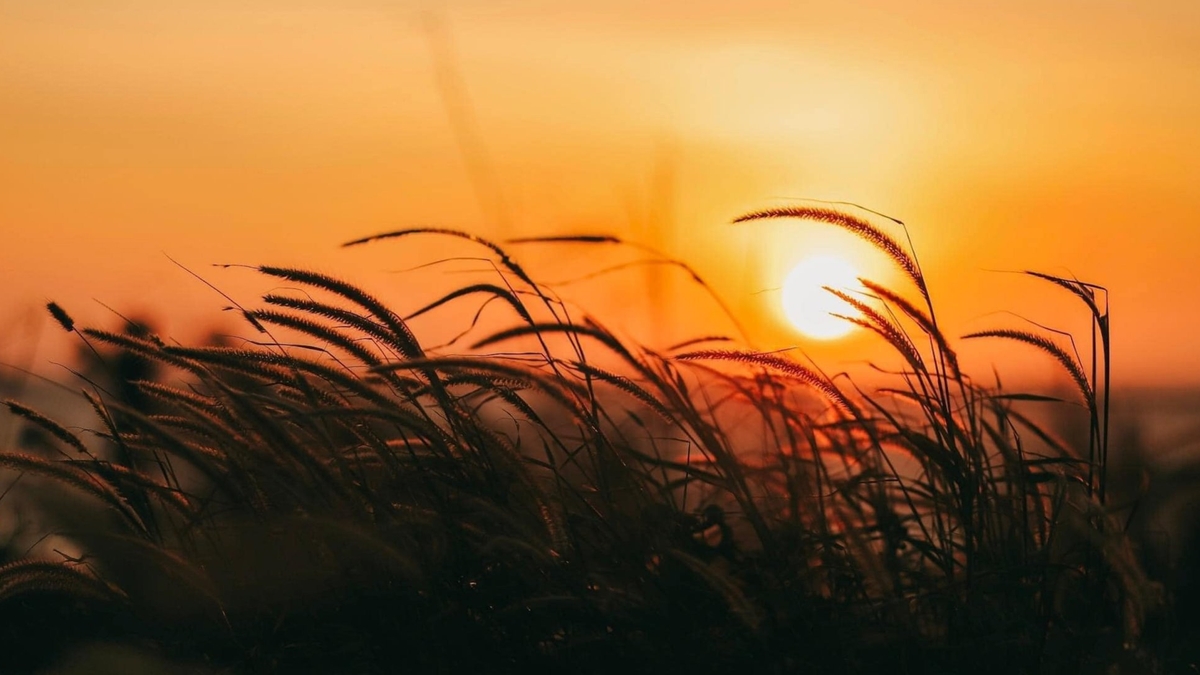

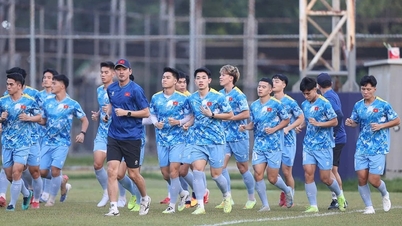




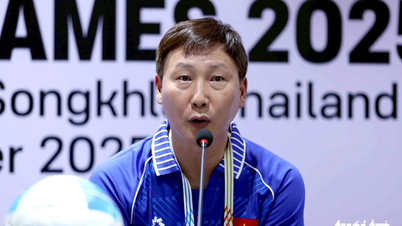

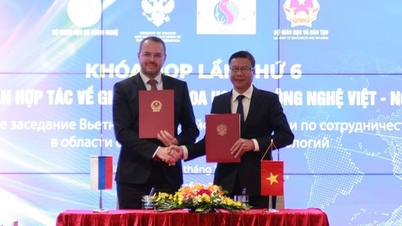




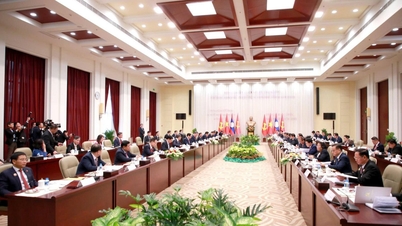

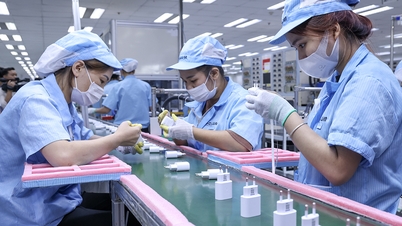
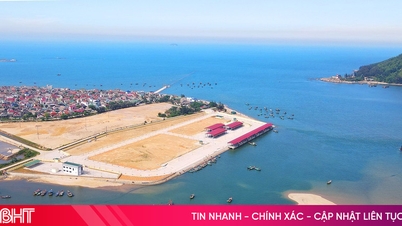


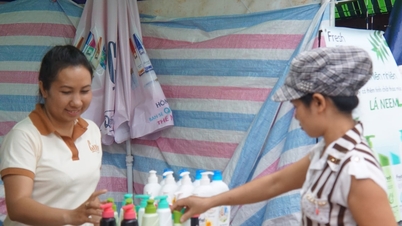
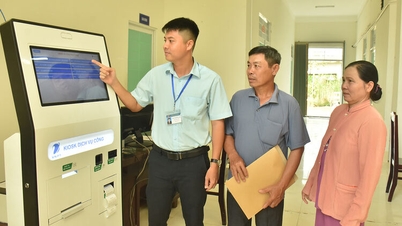

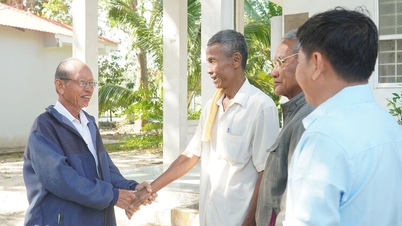
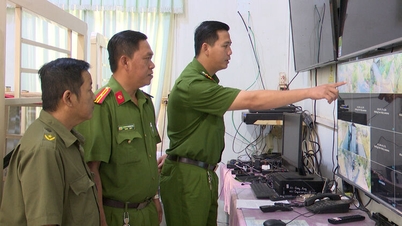







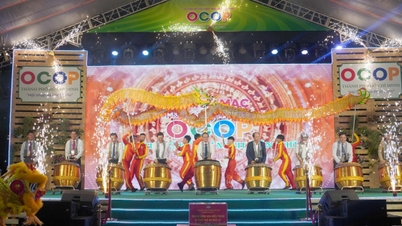





Comment (0)